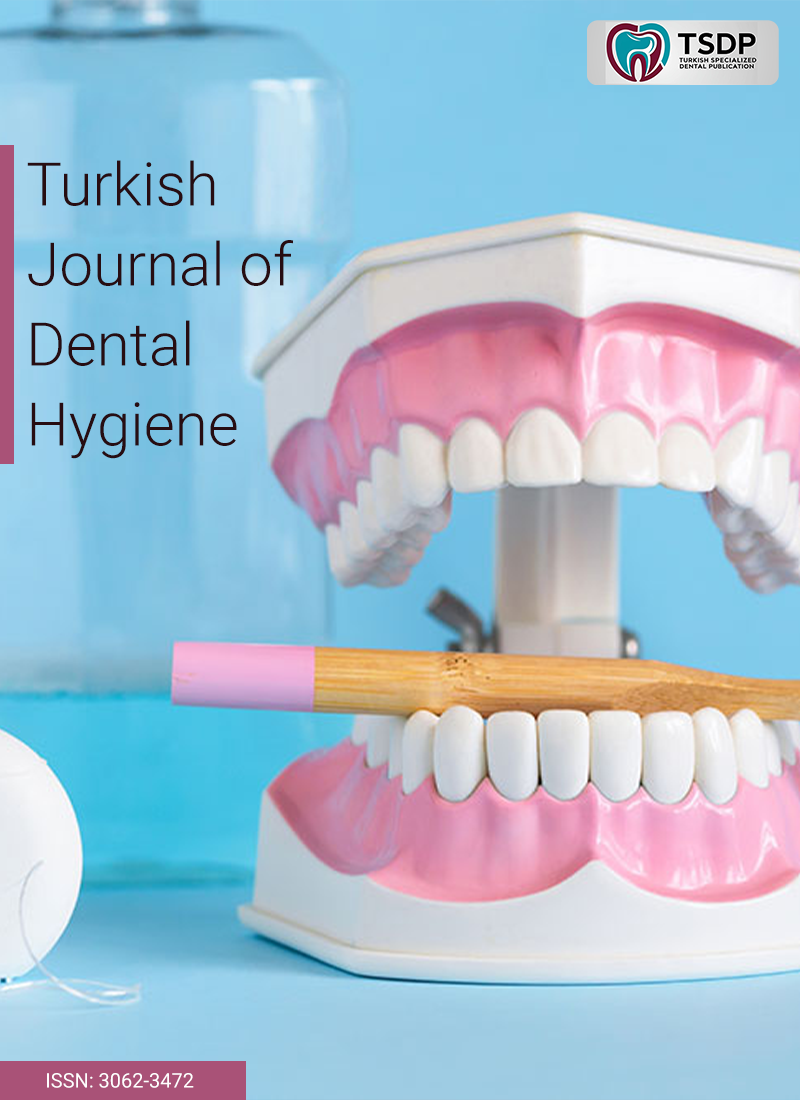
This study aimed to compare the effectiveness of supragingival plaque removal after oral hygiene education using virtual reality (VR) software in female secondary school students. This study was conducted as a field clinical trial on 90 students. Three schools were randomly selected and their PI (plaque index) was recorded using a standard method during clinical examination. The schools were divided into three groups. In the first group, oral hygiene education was provided in one session based on virtual reality. In the second group, oral hygiene education was provided orally in one session, and the third group was a control group in which no education was provided. After one month, all three groups were re-examined and the PI index was measured. Based on the results, the mean plaque on the teeth under study in the virtual reality group showed a statistically significant decrease after the intervention compared to before (P < 0.001). The mean plaque in the oral education group showed a statistically significant decrease after the intervention compared to before the intervention (P = 0.014). This difference was significant in the virtual reality and oral education groups compared to the control group (P < 0.01). The findings indicate that oral health education in general and virtual reality-based education, in particular, are effective in removing dental plaque and in improving and promoting oral health.